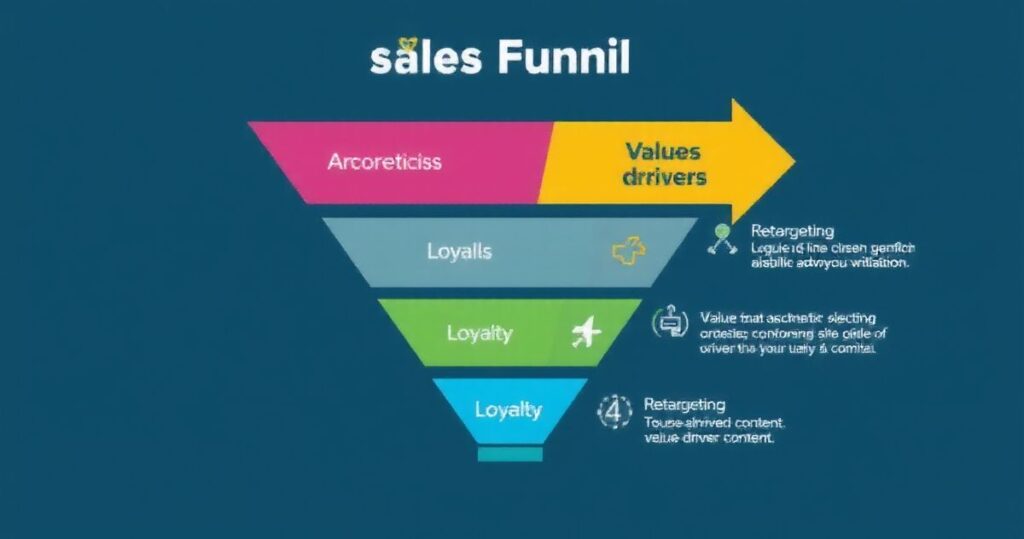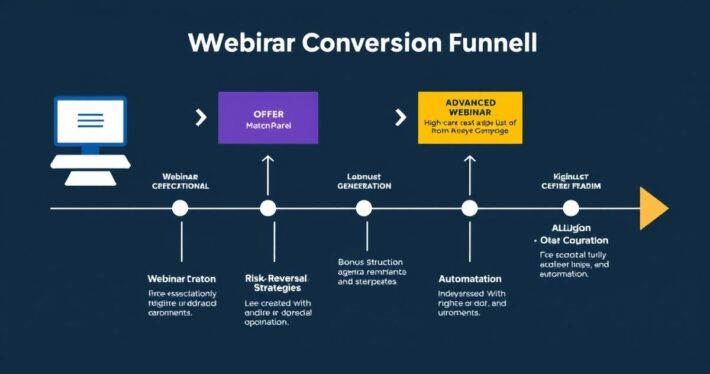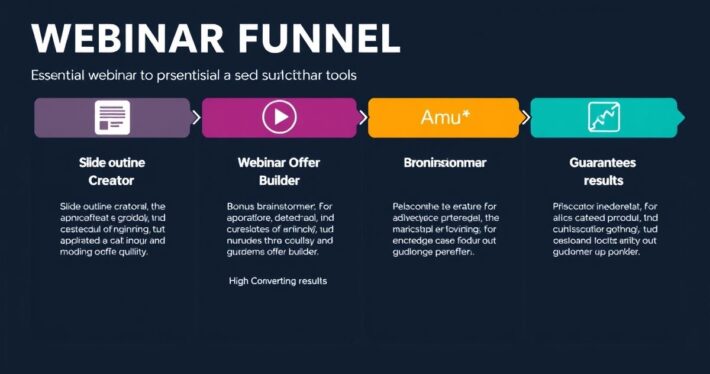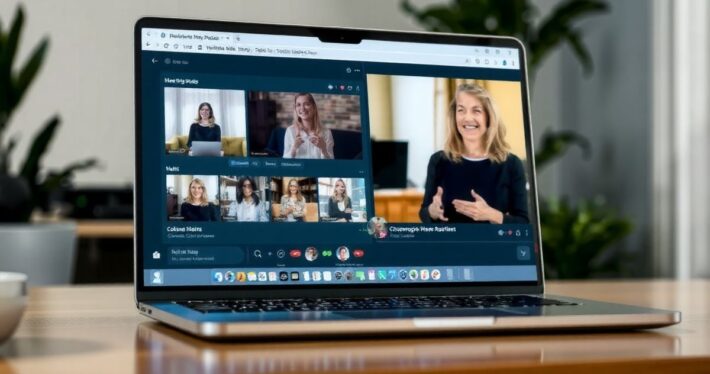Advanced funnel mapping: Turning cold leads into loyal customers.

Advanced funnel mapping is the secret weapon for businesses looking to turn cold leads into loyal customers. It’s not just about attracting traffic—it’s about guiding potential customers through a well-structured journey that builds trust, delivers value, and ultimately drives conversions. Whether you’re new to funnel mapping or looking to refine your existing strategy, this guide will walk you through the steps to create a high-performing sales funnel that converts cold leads into raving fans.
What is Funnel Mapping, and Why Does It Matter?
Funnel mapping is the process of visually outlining the steps a customer takes from the first point of contact to making a purchase (and beyond). Think of it as a roadmap for your leads—a carefully designed path that addresses their needs, objections, and desires at every stage.
But here’s the kicker: Not all funnels are created equal. A poorly designed funnel leaves leads confused, disengaged, or worse—lost to a competitor. On the other hand, an advanced funnel mapping strategy can turn even the coldest leads into loyal customers by nurturing them with the right content, offers, and experiences.
The Anatomy of a High-Converting Funnel
Before diving into the nitty-gritty, let’s break down the key stages of a sales funnel:
- Awareness: Cold leads discover your brand.
- Interest: They engage with your content or offers.
- Consideration: They evaluate your product or service.
- Decision: They take the plunge and make a purchase.
- Loyalty: They become repeat customers and brand advocates.
Now, here’s where it gets interesting. Advanced funnel mapping goes beyond these basic stages by identifying micro-conversions, optimizing touchpoints, and personalizing the customer journey.
Step-by-Step Guide to Advanced Funnel Mapping
1. Identify Your Cold Leads
Cold leads are those who have just become aware of your brand. They might’ve stumbled upon your blog, social media, or an ad. But hey, let’s be honest—they don’t know you yet. Your goal here is to capture their attention and start building trust.
Pro Tip: Use lead magnets like free guides, quizzes, or webinars to attract cold leads. For instance, a fitness coach could offer a free “7-Day Workout Plan” to capture email addresses.
2. Nurture with Value-Driven Content
Once you’ve captured their attention, it’s time to warm them up. Nurturing cold leads requires delivering consistent value through educational content, personalized emails, and targeted offers.
Real-World Example: A SaaS company might send a series of onboarding emails that explain how their software solves specific pain points, complete with video tutorials and case studies.
3. Guide Them Toward the Decision Stage
At the consideration stage, leads are weighing their options. Your job is to make your product or service the obvious choice.
Here’s a game-changer: Use urgency and scarcity to nudge them toward a decision. Limited-time offers, countdown timers, and social proof (like testimonials) can work wonders.
Pro Tip: Map out common objections your leads might have and address them head-on. For example, if price is a concern, highlight the ROI or offer a money-back guarantee.
4. Optimize the Purchase Experience
The decision stage is crunch time. A clunky checkout process or lack of payment options can derail even the most interested leads.
Actionable Advice: Simplify your checkout process. Offer multiple payment methods and provide clear instructions. Bonus points if you include a post-purchase upsell to maximize value.
5. Turn Customers into Brand Advocates
Don’t stop at the sale—the loyalty stage is where the magic happens. Happy customers are your best marketers.
Pro Tip: Create a post-purchase email sequence that thanks customers, asks for feedback, and encourages referrals. For example, an e-commerce store could offer a discount code for sharing their purchase on social media.
Advanced Techniques for Funnel Optimization
Personalization at Scale
Today’s customers expect personalized experiences. Use data-driven insights to segment your audience and tailor your messaging.
For instance, an online course creator could segment their email list by skill level (beginner, intermediate, advanced) and send targeted content to each group.
Retargeting Strategies
Not all leads convert on their first interaction. Retargeting allows you to stay top-of-mind and re-engage leads who’ve shown interest but haven’t converted yet.
Pro Tip: Use dynamic ads to showcase products or services they’ve viewed but didn’t purchase.
A/B Testing and Analytics
Advanced funnel mapping is an ongoing process. Regularly test different elements of your funnel (e.g., headlines, CTAs, pricing) and analyze the results to identify areas for improvement.
Real-World Application: An e-commerce brand might A/B test two versions of a product page to see which one drives more conversions.
Common Challenges and How to Overcome Them
Challenge 1: Funnel Leaks
Leads dropping off at certain stages? Identify the weak points and optimize them. For example, if you’re losing leads at the checkout page, simplify the process or add trust signals like security badges.
Challenge 2: Lack of Engagement
If your emails or ads aren’t resonating, revisit your messaging. Are you addressing your audience’s pain points? Are you using a tone that connects with them?
Challenge 3: Scaling Personalization
Personalizing content for thousands of leads can be daunting. Use marketing automation tools and AI-powered platforms to make the process manageable.
Conclusion: Turn Cold Leads into Lifelong Customers
Advanced funnel mapping isn’t just a strategy—it’s an ongoing commitment to understanding and serving your audience. By identifying each stage of the customer journey, optimizing touchpoints, and delivering personalized experiences, you can transform cold leads into loyal customers who champion your brand.
So, are you ready to take your funnel mapping to the next level? Start by mapping your current funnel, identify gaps, and implement the strategies outlined in this guide. Remember, the goal isn’t just to make a sale—it’s to create a customer for life.



